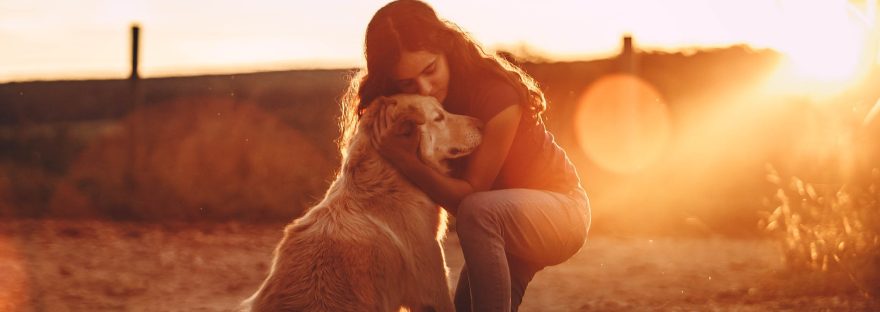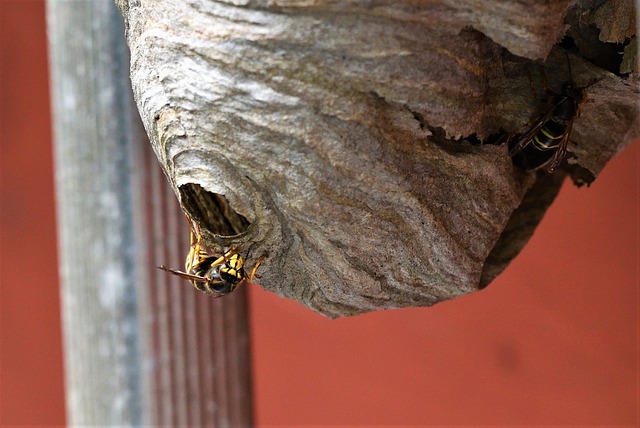When you learn animal, or interspecies, communication you will discover that, in addition to being able to understand your animals better, there are many other surprising benefits.
As you develop your telepathic and intuitive abilities you will find that these qualities reach out and touch many areas of your life. You may notice yourself becoming more highly attuned to your those around you as well as to your surroundings, your creativity will blossom, your inner child will step forth and your sense of inner peace will expand.
Learning the skills of telepathic communication can be a journey of self-discovery as you unlock hidden or dormant aspects of your self.
Here are a few of the benefits of learning animal communication:
1. Nurture your Inner Child
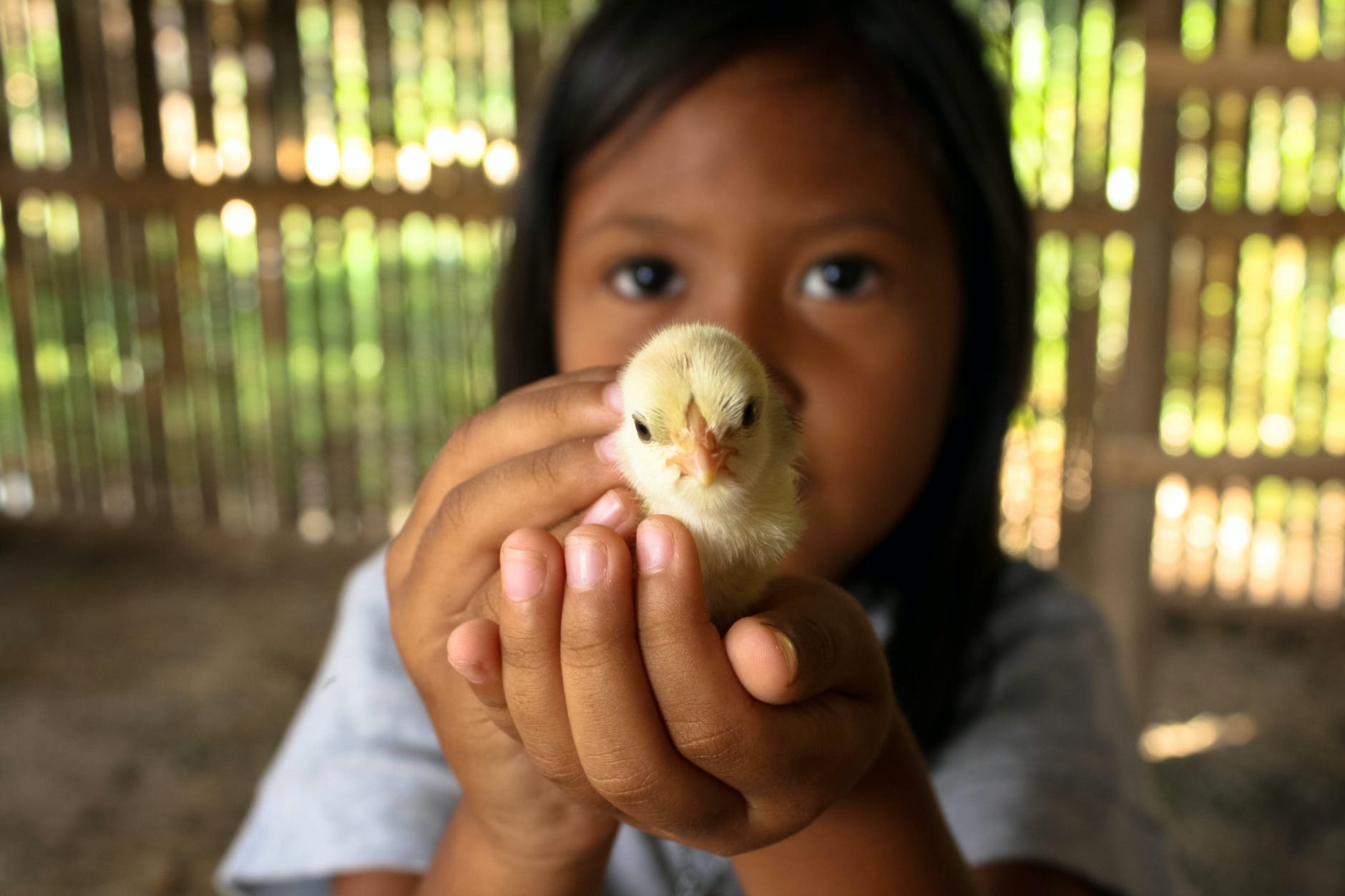
Many of us have memories of talking to animals as a child. You might remember chatting with a family pet. Or with animals that you met in the garden or on trips outdoors. It was completely natural! You may have also felt that the animals could understand you. Then something happened. Maybe someone told you it wasn’t real, or they laughed at you, or maybe school learning took over and we just let it go. But bit-by-bit we stopped doing it.
Communicating with animals IS completely natural. It is in our DNA; it is the blueprint of our brains. Our ancestors did it all the time, and many cultures on our planet still do it as part of their every day life.
When you learn telepathic animal communication you will reconnect with that playful, wide-eyed child that saw magic everywhere in the world around it. Give yourself this time to nurture and reconnect with your Inner Child.
2. Peace of mind

To create an ideal environment for animal communication we need to practice becoming still, quiet and relaxed. You will begin by learning, or remembering, techniques to quieten the mind and soothe the emotions. You will find yourself entering a meditative state – the alpha state – and experience being deeply relaxed as you connect heart-to-heart with animals.
A sense of deep peace and tranquillity arises in these moments. As your heart opens you will find that you slow down, move more consciously, more gently, more gracefully.
As you communicate more and more with the world of nature you may become aware of everything and everyone going about their activities as they always have done. It can reassure us that, on a larger scale, all is right with the world.
3. Expand your Creativity

Another of the benefits of learning telepathic animal communication is that it uses the intuitive part of our brain. This is situated alongside the area where the imagination or creativity lies. This is one reason that you might sometimes wonder if what you are picking up from an animal is real or imagined. It can feel very much like imagination!
I always encourage participants to just go with that. To enjoy this experience of the imagination being reawakened, and not to resist it or question it. In the beginning your imagination may be getting involved from time to time, but it doesn’t matter.
The most important thing is to play with it, remain open to it and to allow your imagination to flow. This will help your intuitive skills to flow too. Eventually, using techniques and tips that I teach, it will become more and more clear what is imagination and what is coming from the animal. And now your creativity is flowing again too. A win-win!
4. Learn to trust your intuition (and yourself!)
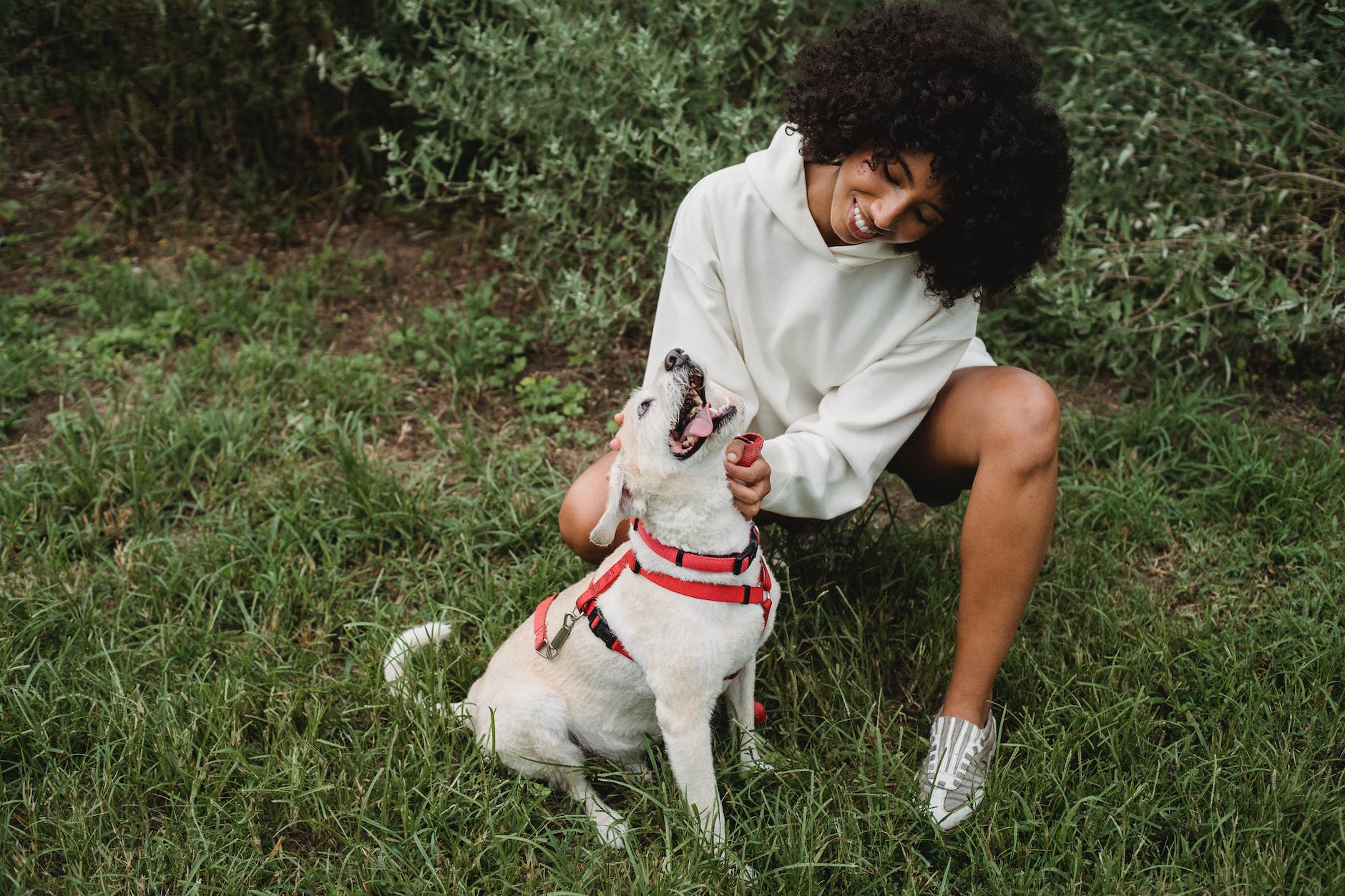
The process of becoming more trusting of your intuition is a practice of building self-belief. Of learning to trust yourself and believe in your own abilities.
As you embark upon this journey you might find that self-doubt keeps popping up. You may wonder if you are capable of learning telepathic communication, or of picking up accurate messages.
As you continue to practise within the safety of a group of kind-hearted animal-lovers, you begin to realise that you are getting the same information that others are getting. It is very affirming and reassuring! Learning animal communication is the perfect practice to help to break through old stuck stories that keep self-doubt in place, and to really learn to trust your intuition… and yourself.
5. Be more in-tune with nature
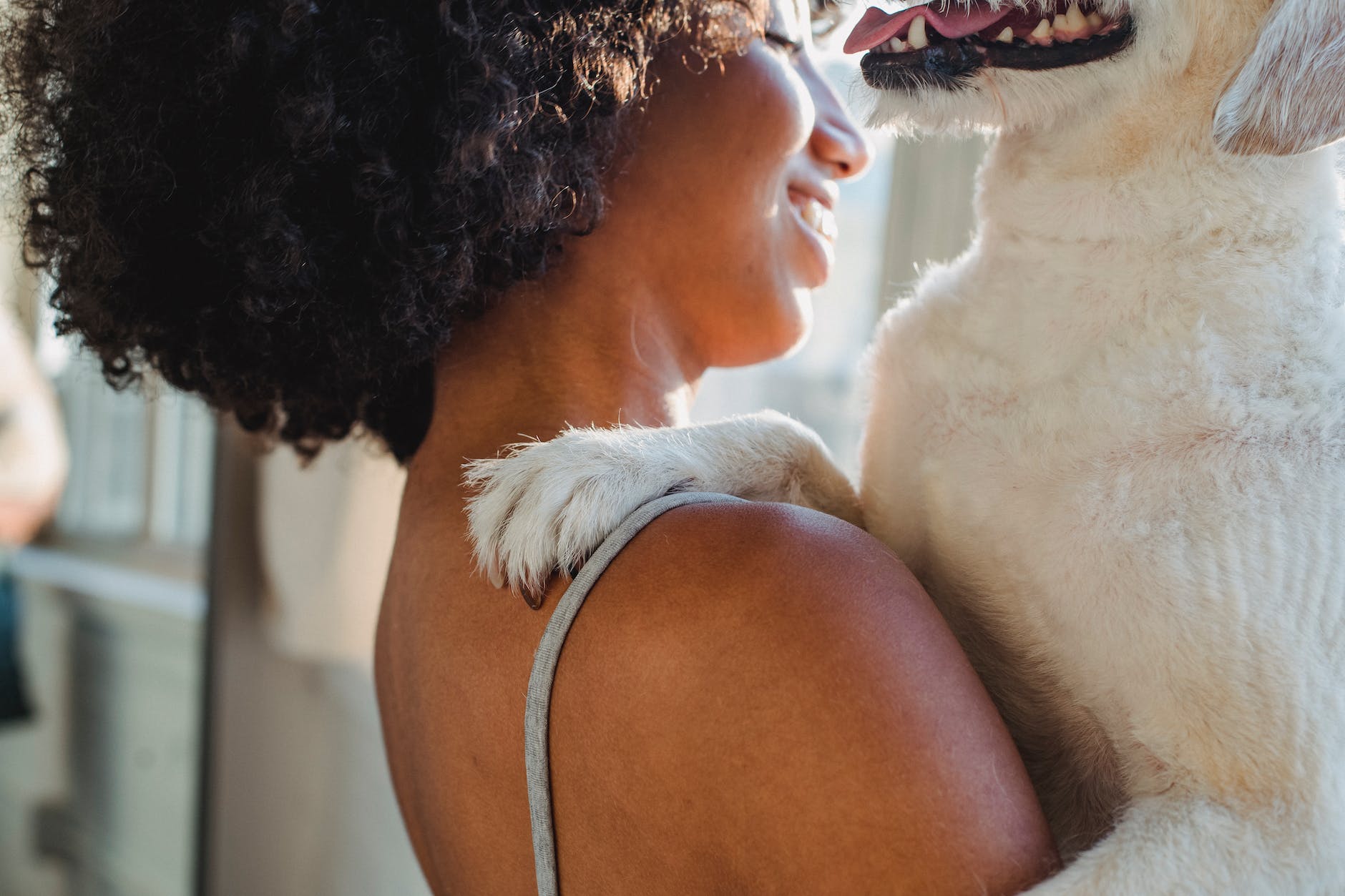
On the introductory course, as you continue to practice communicating with animals, you will see the world more and more through their eyes. You discover that there is so much more to learn about the world of animals than maybe you ever realised. How differently animals experience the world than humans do. How confusing they find the human world… and human behaviour!
Our hearts open in compassion for these beautiful beings that have found themselves in a human-centred world, and are struggling to make sense of it. What a gift to finally be able to understand that and to be able to explain things to them so they finally get it! Many of my students report that, even though they have always loved animals, they now see them completely differently!
Also, on my course you will begin communicating with pets and other domesticated animals, and pretty soon you will be communicating with wild animals. On previous courses we have chatted with gorillas, bees, wolves. Each time we do this we gain an even deeper appreciation for their profound wisdom. In the follow-up courses your communication skills will be expanded to include plants, trees, bodies of water and the elements, and eventually to elemental beings and nature spirits.
6. Become a better communicator with everyone
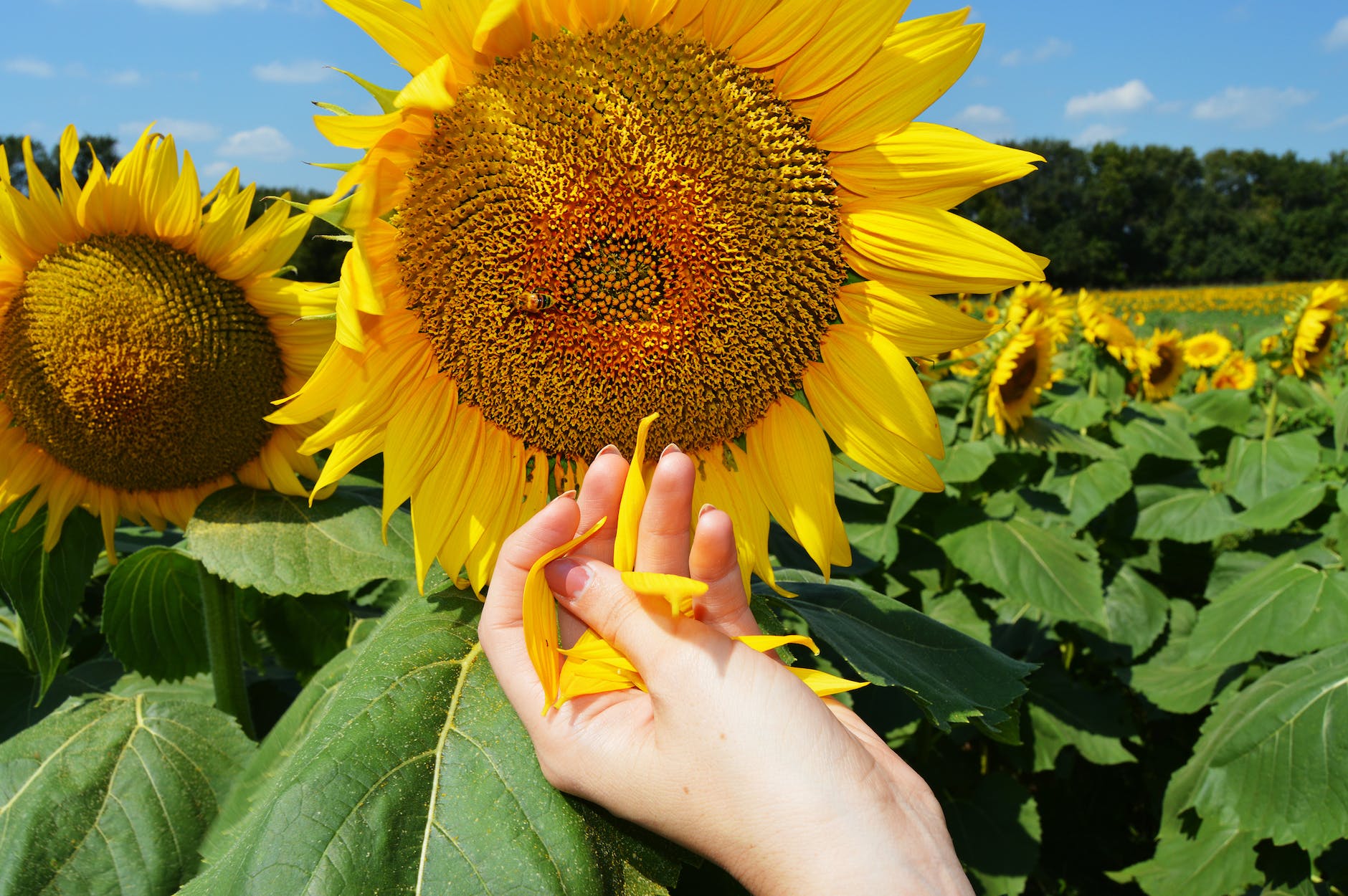
In human-to-human communication only 7% of meaning is communicated through the spoken word, the rest is made up of tone of voice, body language, emotions, meaning/intention.
When it comes to animal communication we are using that other 93%. Emotions, thoughts, images, words, feelings – these are all ways that we send information to the animals and receive information back from them.
As you become more and more aware of exactly how much information is being conveyed through thoughts and emotions, we begin to realise that this is true in our human interactions too.
You may find that you experience fewer misunderstandings with other people, as now you can make sure that your emotions align with the words you are saying. Also, you begin to understand other people better as their non-verbal signals become more obvious to you. Sometimes what someone is not saying speaks as loudly as what they are saying. Hey presto! Your human-to-human communication has improved as well!
7. Happier better behaved animal
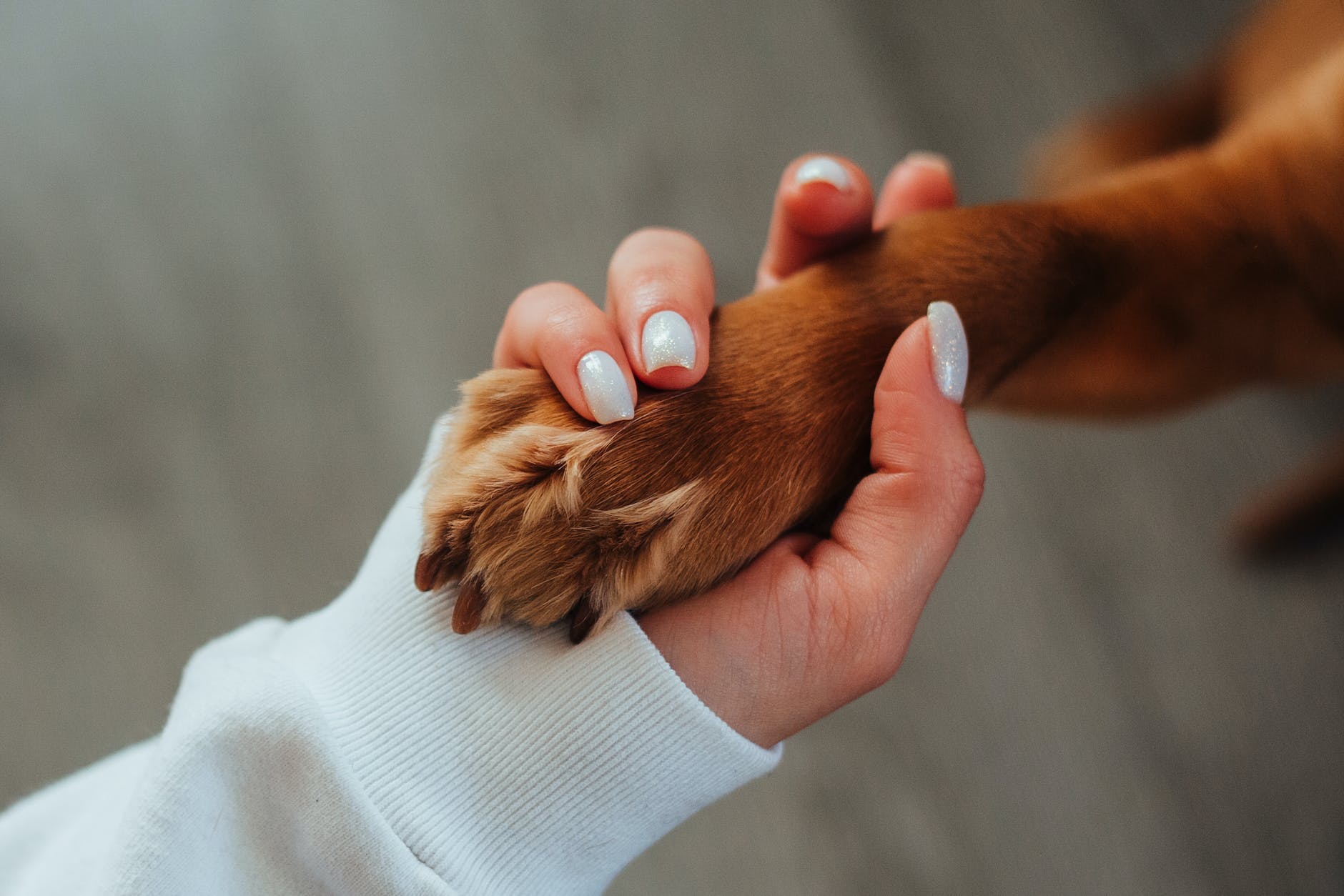
Number seven in our list of the benefits of learning animal communication is that it has an infinite variety of applications – all of which will help your animal to be happier. The primary desire is to understand the animal better and to identify their needs.
When an animal is repeatedly not heard, they can take to destroying property to get the attention they need. Once you can talk to them you can find out why they are chewing the rug or scratching the sofa, and work with them so they can stop.
When your pet finally has a method other than sickness or misbehaviour to get its message across, your pet is going to change. And you can enjoy having nice things around you again!
Learn animal communication this November at our forthcoming onsite workshop at Clophill in Bedfordshire, or online. Keep up to date with our upcoming workshops through our website page, or by joining our email list.

